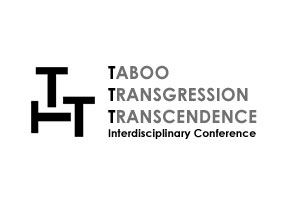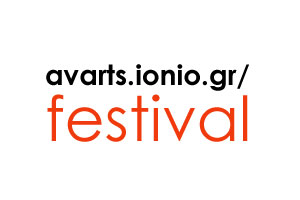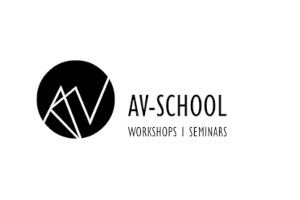Aligning with the rise of participatory culture in the context of identity politics and neoliberalism(Claire Bishop, 2013), audience participation has thrived in contemporary art practices since the 1990s. It also has become a significant consideration in the art criticism, as manifested in participatory art (Nicolas Bourriaud, 1998; Claire Bishop, 2006) and interactive art discourse (Erkki Huhtamo, 1995; Kwastek Katja, 2013).
Despite the mediation of digitality dividing these two discourses, both champion participation as it enables the activation the agency of audience from conventional passive viewing. Their common interest in participation profoundly speaks to the social realm, albeit in different directions. Participatory art is tied to civic participation and democracy whereas interactive demonstrates how our daily behaviour is shaped by interactive media. Despite their overlapping yet distinct approaches to participation-whether in in art or in the social dimension, their perspectives remain human-centred.
Entering in the 2020s, the ubiquity of digitality has long been recognised (Florian Cramer, 2014) and has even been renewed with the biodigitalism(Michael Peters, 2021). Alongside this digital advancement over the past decade, civic participation and participation with/in media have become inseparable. Moreover, this integrated participation has become ubiquitous, passive and automated, subverting its utopian initial expectation of activating human agency. Additionally, under the condition of datafication, it is no longer just human engaging in daily social practices. Digital devices, artificial intelligences, animals and other living forms are now participate in the form of data. These new social phenomena are poignantly confronted by contemporary art practices through unprecedent artistic participation.
However, within art criticism, while interactive art criticism acknowledges that participation is shifting towards passivity, previously established participatory art still focuses on traditional topics such as social bonds, marginalized groups, and ethical criteria. The predicament is that the theoretical division between these two discourses renders both inadequate in addressing the current convergence of participatory art, participatory culture, politics, digitality, and other existences beyond humans.
In this paper, I examine the changing nature of participation from the 1990s to the present through an analysis of Blast Theory’s Cat Royale. This artwork explores whether AI can make cats happier by modelling direct interactions between a robot arm, controlled by AI, and three cats. The robot arm launches various games with toys, continuously engaging with the cats over 12 days, while the AI calculates and analyses which games contribute most to their happiness.
I analyse this work through an interdisciplinary approach that integrates sociology, media studies, and technopolitical culture, in relation to the key concepts of posthumanism (Rosi Braidotti) and planetarisation (Yuk Hui). Specifically, I explore how participation has evolved to increasingly involve other living forms and expand to a planetary scale.
Therefore, I conclude that the nature of participation has transcended its initial meaning of simply getting involved. Moreover, participants are no longer exclusively human. For humans, participation has become an inevitable condition of existence— as essential as air. Additionally, the scope of participation has expanded to include other forms of existence on a planetary scale.
Yang Feng is a PhD candidate in the History of Art program at the University of Leeds. Her doctoral research explores contemporary art practices that use digital technologies to engage audiences within a socio-technical context from the 2020s onward. Her research interests focus on contemporary art from the 1990s – present, including relational aesthetics, participatory art, interactive art and digital art. Grounded in an interdisciplinary approach that incorporates art criticism, media studies, sociology and cultural studies, she examines the relationship between contemporary art practices and their social context, particularly in relation to the concepts of post-digital, posthuman, participation and network. She completed a Master’s degree in History of Art with distinction at the University of York and a Bachelor’s degree in the same subject at the China Central Academy of Fine Arts.
Back





